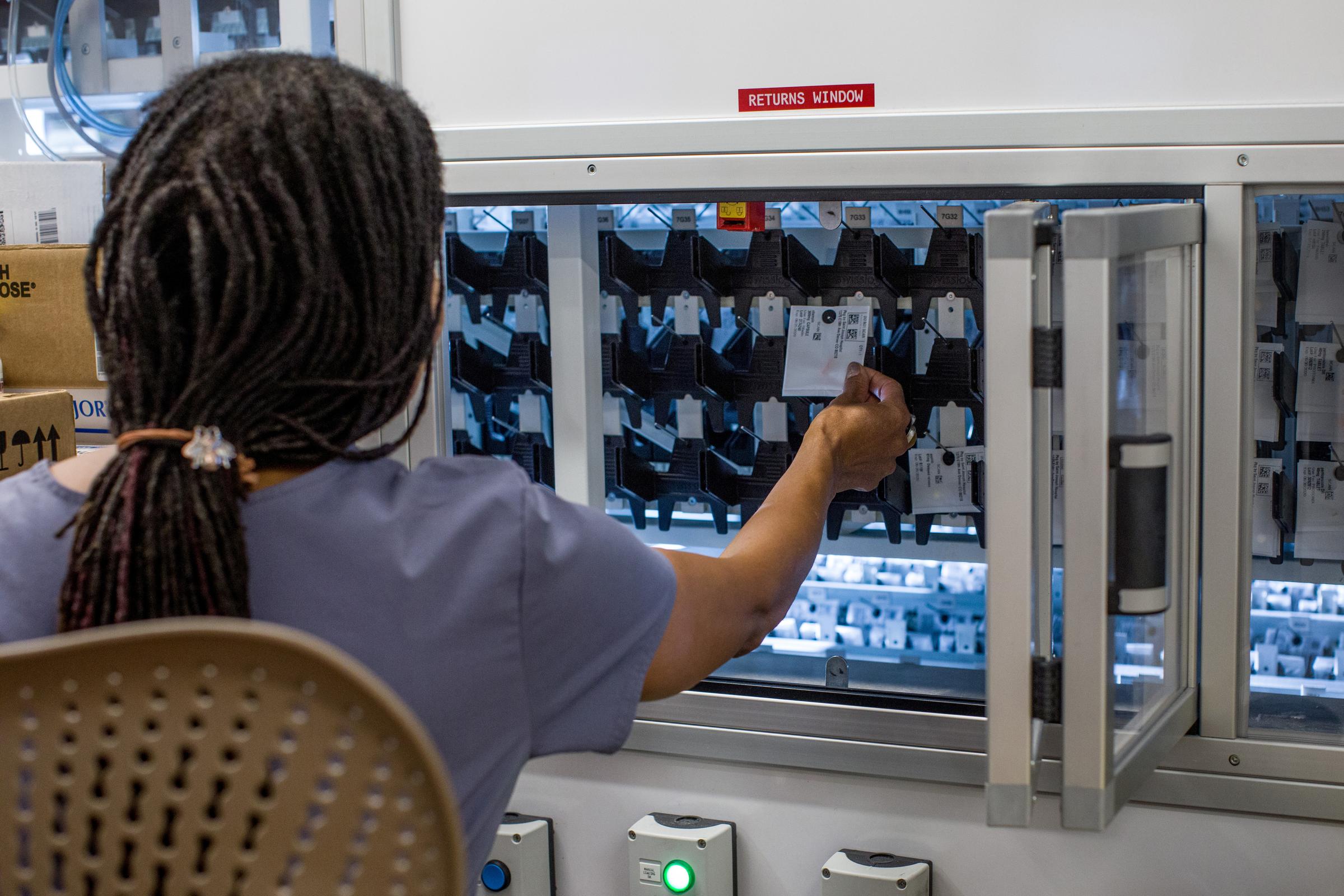Jillian Chambers | 18 January, 2024
Swisslog Healthcare’s Jillian Chambers on Hiring for Culture Add vs Culture Fit
As a longtime recruiter and former manager, I make an effort to stay current on the latest news and trends regarding talent acquisition and team building. Recently, while browsing a leading HR website, I came across an article titled “Don't Hire for Culture Fit”.
The headline caught my attention due to its surprising and somewhat unconventional nature. After all, many people believe that one of the primary factors they should be hiring for is ‘culture fit’. In my experience, rarely in the interview process does someone fail to ask, “Will this person be a good fit with the team?” or “Do they fit in with our company culture?”. In fact, research suggests that 84% of recruiters look for ‘culture fit’ during their selection process.
Here's the problem: hiring for ‘culture fit’ can be synonymous with hiring for sameness. And the way for a business to grow is not by hiring people who look, sound, and think the same as the people who already work there. That’s the opposite of innovative. Rather, innovation occurs when there is room for outside-the-box thinkers.
The goal is to bring together different people with different ideas and different ways of approaching a problem. When all of those diverse perspectives together to brainstorm and collaborate, that’s when the magic happens.
To be fair, I think that when many of us talk about wanting to hire someone who is a “good fit” with the team, often what we are really thinking about is the importance of interpersonal relationships in the workplace. After all, we spend at least 40 hours per week with our coworkers, so it makes sense to want to ensure that our team members will enjoy working with each other.
If you are fortunate enough to have a team full of people who are all pleasant, personable and enjoy working together, you don’t want to jeopardize that by hiring someone who might cause tension, unpleasantness, or harm the team morale through negative behaviors. By all means, we should hire individuals with good interpersonal skills – but that’s not quite what we’re talking about here. Hiring people who will work well together does not mean hiring people who are all the same.
So what does this article suggest as an alternative? Looking for cultural add might be more valuable than cultural fit when choosing the right candidate. “Rather than focusing on culture fit, organization leaders must concentrate on culture add to be inclusive. A plethora of research shows that harnessing the power of diverse teams leads to better outcomes, such as less groupthink, more innovative solutions, and overall more profitability.”










